San Francisco’s Treasure Island Project Wins Top Green Rating
The U.S. Green Building Council has awarded LEED-ND Platinum certification to the $6 billion project.
By Gail Kalinoski
San Francisco—Saying the massive mixed-use redevelopment of Treasure and Yerba Buena islands in San Francisco Bay has shown “tremendous green leadership,” the U.S. Green Building Council has awarded LEED-ND Platinum certification to the $6 billion project.
It’s the highest designation possible for a green, sustainable development and USGBC officials said the Treasure Island development is one of the highest-scoring LEED-ND projects to date. The project is also the largest plan, in terms of acres, to receive the LEED-ND Platinum certification and the largest to be certified under LEED v4, the USGBC’s latest rating system. It is also one of just 17 in the world to be certified at the Platinum level.
The USGBC said the designation was granted for the developers’ plans for implementing measureable strategies and best practices to achieve sustainable site development, water savings, energy efficiency, sea-level rise adaptation and overall environmental quality.
Rick Fedrizzi, CEO and founding chair of USGBC, said the Treasure Island plan “demonstrates tremendous green leadership that will be recognized globally.”
“With its plan, Treasure Island has responded proactively to the most important challenges of our time, including global climate change, dependence on non-sustainable and expensive sources of energy and threats to human health,” Fedrizzi added in prepared remarks.
The multi-phase redevelopment is being planned by Treasure Island Community Development, a joint venture between Lennar Corp. and its Lennar Urban division, Stockbridge Capital Group and Wilson Meany. After years of planning and seeking approvals from local, state and federal officials, construction began in the spring at the site of a former naval base. Phase One will have about 2,100 residential units, approximately 500 hotels rooms, retail and 90 acres of parks and open space. When completed, the project will encompass about 8,000 homes, 2,000 of them affordable, along with 200,000 square feet of retail space and 300,000 square feet of office and commercial space and the 500 hotel rooms.
“At the outset of our planning, we committed to developing a sustainable community that utilized the latest innovations in infrastructure, housing and transportation,” Chris Meany, principal developer of Wilson Meany, said in a prepared statement. “We are thrilled that Treasure Island has achieved the highest designation ever. It is only fitting that this milestone has occurred in San Francisco, a city at the forefront of environmental consciousness.”
Treasure Island will have two residential neighborhoods, one along the western edge looking back to San Francisco, and a second stretching to the east from Clipper Cove with a view of the Bay Bridge and the East Bay hills. The new neighborhood on Yerba Buena Island, which is adjacent to Treasure Island, will be built on existing development areas around the top of the island and be surrounded by vegetated slopes.
The plan for both islands call for compact, walkable neighborhoods, an array of housing types and a reduced dependence on automobiles—all aspects that led to the USGBC top designation. One in four homes is slated to be affordable. Transportation improvements will include a new intermodal transit hub with a ferry terminal for ferry service between Treasure Island and San Francisco.
“This is an iconic, history property and we are committed to ensuring that it sets a global standard for sustainable development in the 21st century,” Kofi Bonner, president of Five Point/Northern California, which is managing the development on behalf of Lennar, said in a prepared statement. “This certification is a testament to our commitment.”

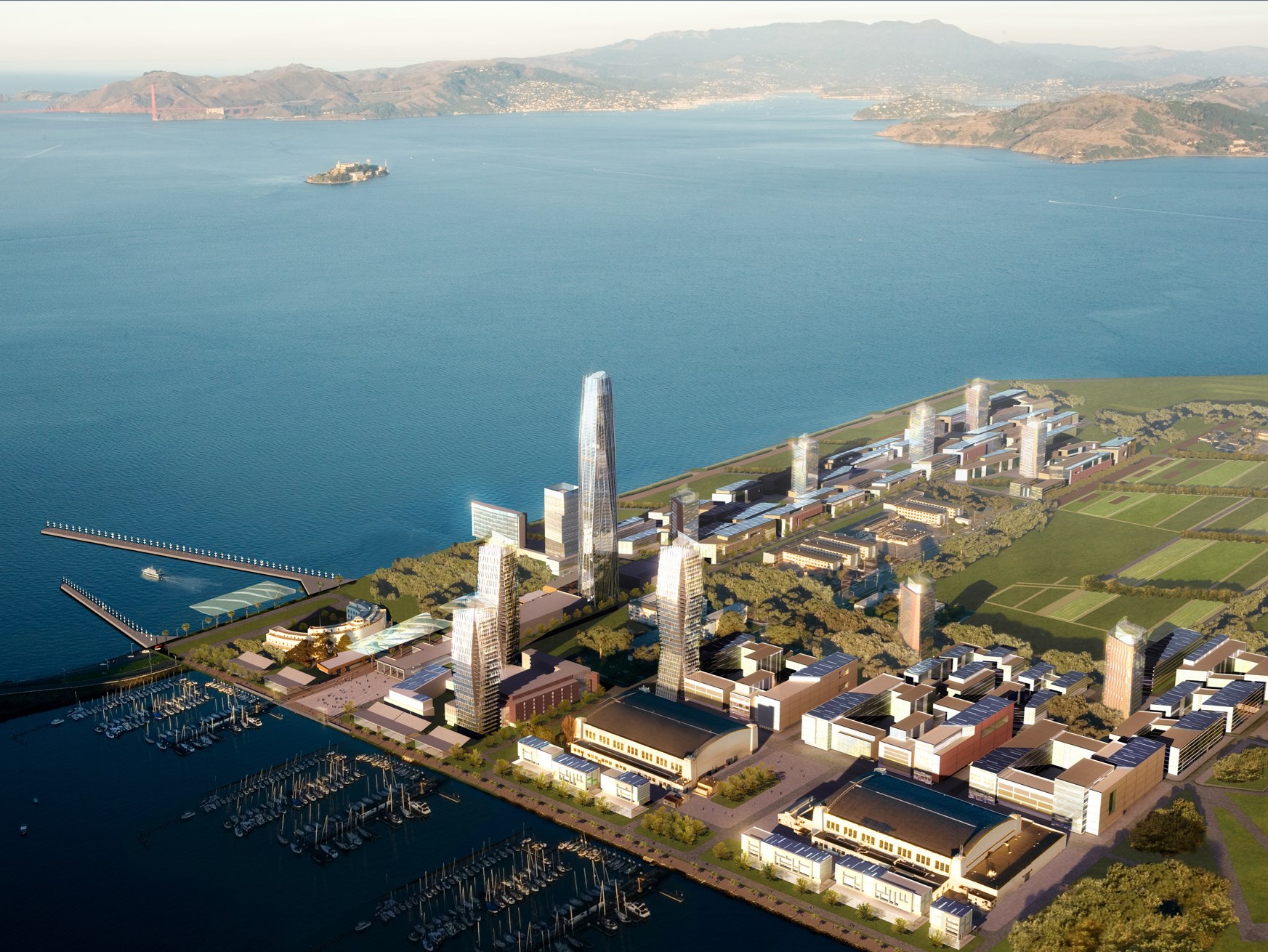


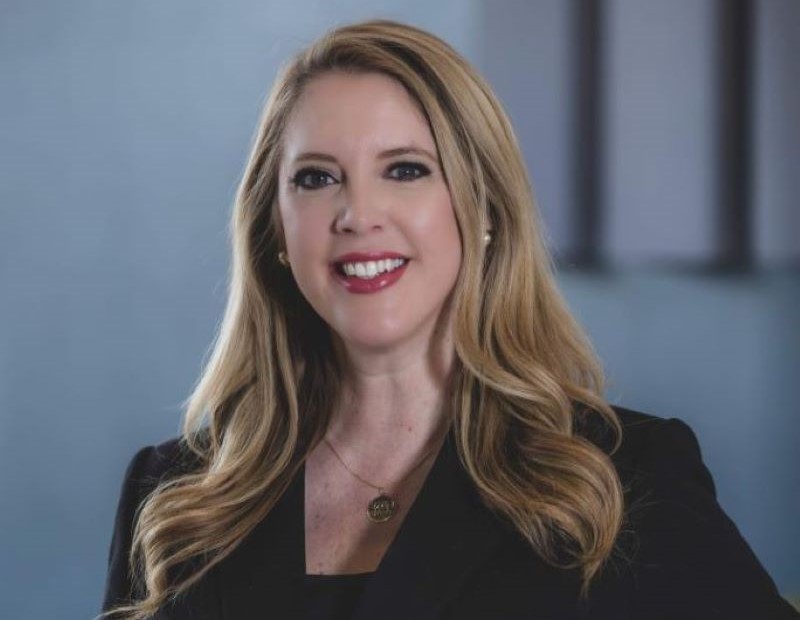
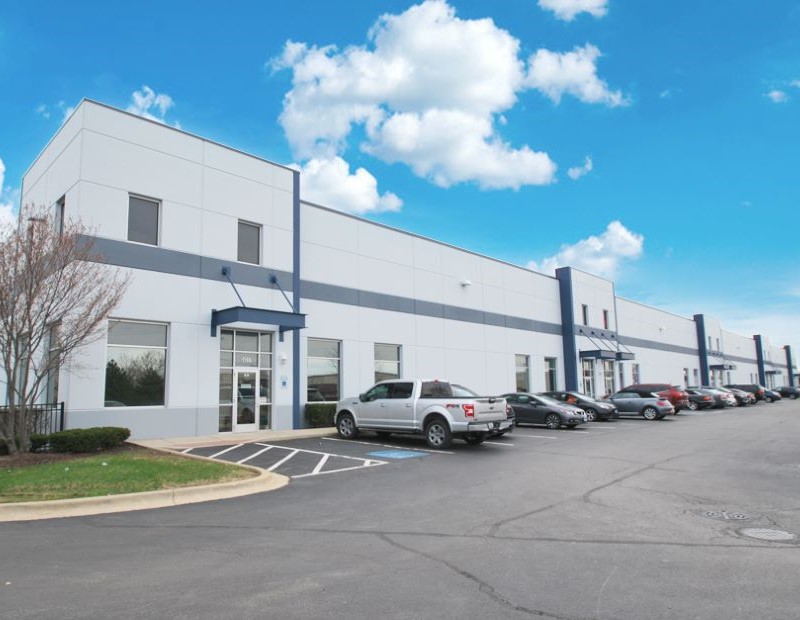
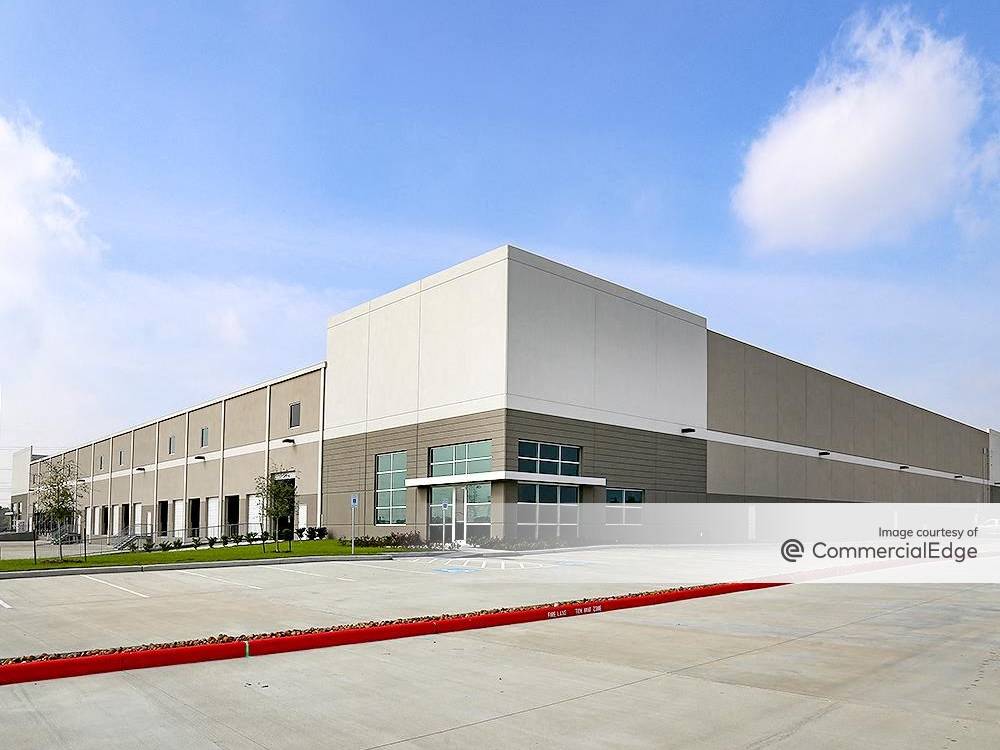
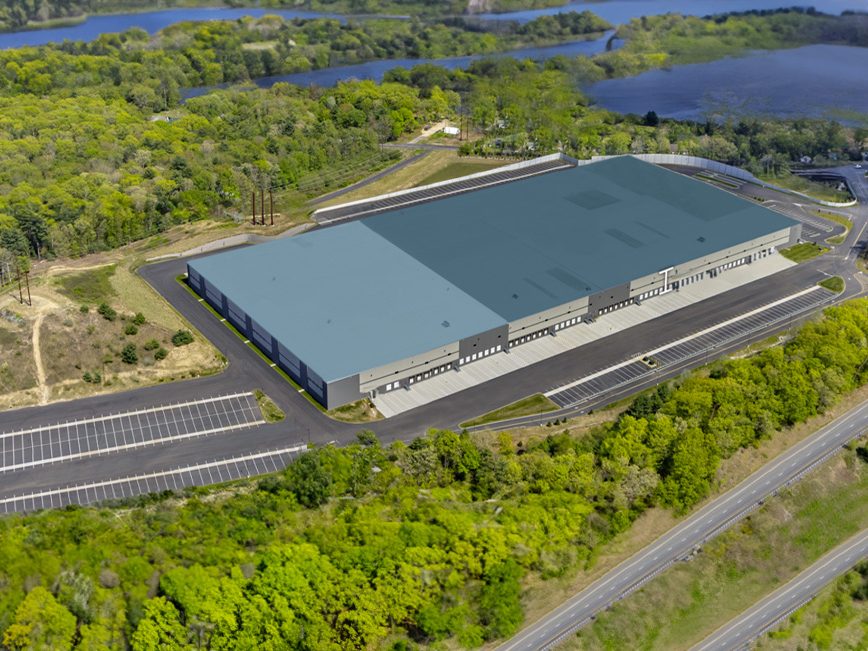

You must be logged in to post a comment.